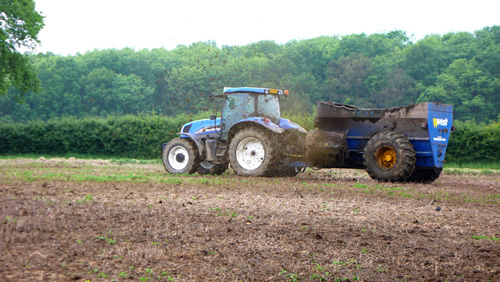
Dairy farmers could be losing up to £55 per cow a year by not maximising the fertiliser value of their slurry. Figures compiled from a survey carried out by Epizym at the Dairy Event this year reveal that farmers are buying in more bagged nitrogen than they need to for their acreage and herd sizes.
Managing Director of Epizym Stuart Aitkenhead was surprised by the results: "While 43% of farmers surveyed felt they had ’no problems with slurry at all’ they are seemingly unaware that they’re not maximising their slurry’s nutrient value – which proper treatment and analysis can show, " adds Stuart.
Nitrogen awareness
==============
Agricultural consultant Giles Dadd explains. "It’s common knowledge that good slurry is full of N, P and K, essential for growth and so yield from crops. Slurry is "free" bar the time taken to mix and spread it. What farmers don’t realise is that by using a proven slurry additive, the nitrogen content can be boosted by up to 25%."
Nitrogen is lost from the moment it is excreted by the cow upto being absorbed by the plant. Minimising these losses, economically, makes good sense.
The latest independent research into slurry additives comes from Kingshay, which trialled Epizym over a preliminary six week period and found the slurry additive to boost nitrogen content by 20.9% for total nitrogen and 35% for organic N.
"A farm with say 100 cows employing typical dairy herd management techniques should be able to derive approximately 35% of their nutrient requirements from their slurry." Giles continues. "Of course all farms are different and it must be stressed this is based on a typical farm situation. However, it illustrates the point that farmers shouldn’t ignore what they can’t see in terms of nutrients within slurry. For their own bottom line, it’s important that farmers know the value of their slurry and act to maximise this value through targeting timing, application method and crops before topping up with bought in fertilisers."
